Mozambique
Bird Conservationist
As a child, Kassia Macassa rarely looked up. Instead, her attention was captivated by the terrestrial world—arthropods, amphibians, and reptiles. She found beauty in the smaller, less celebrated natural wonders. However, as she matured, she recognized the need to broaden her horizons and shifted her gaze upward to explore the world of birds.

The shortage of ornithology specialists in Mozambique signalled an untapped field of study. Upon immersing herself in a professional course in Bird Observation and Identification, Kassia discovered a sobering reality: the only bird species endemic to Mozambique, the Namuli Apalis, was endangered. The population of another bird, the Kululu (Tauraco livingstonii), hunted for food, was also decreasing. Shockingly, local communities clung to the belief that it would “never run out”. This narrative extended to the broader ecosystem with the indiscriminate felling of trees. The assumption was that nature would endlessly regenerate.
Recognizing the danger these attitudes posed to the ecosystem, Kassia began her journey with a question, “How do we integrate biodiversity conservation and community development in a constantly changing world and in the face of climate change?”
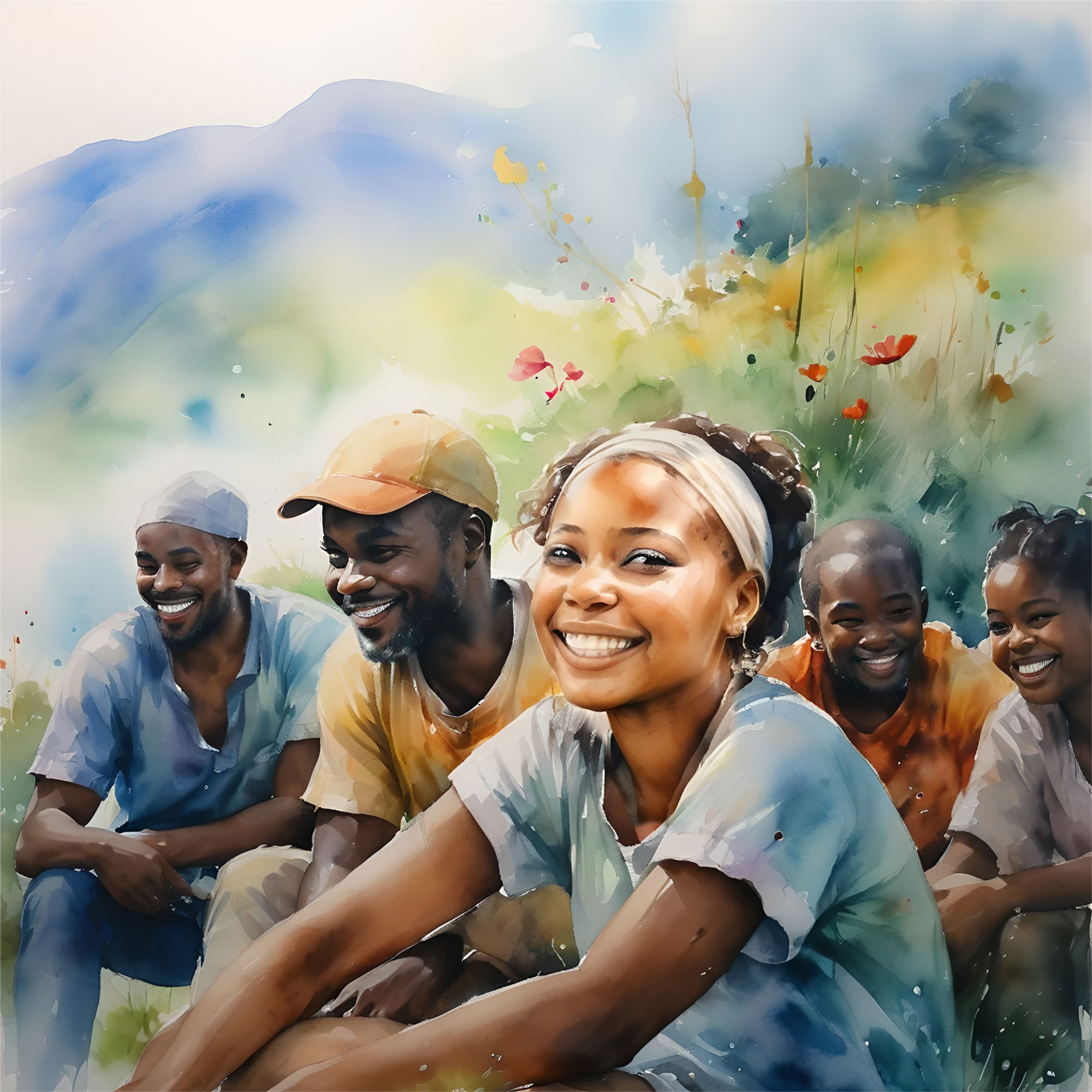
Her answer came packaged as an organization, Namuli Wiwanana. It had been formed to support local and indigenous communities in shaping their lives, economies, and culture while protecting the biodiversity of the environment they call home. Kassia joined the organization as a Deputy Program Lead. She wanted to help improve the quality of the Great Namuli ecosystem and believed that local communities played a vital role.

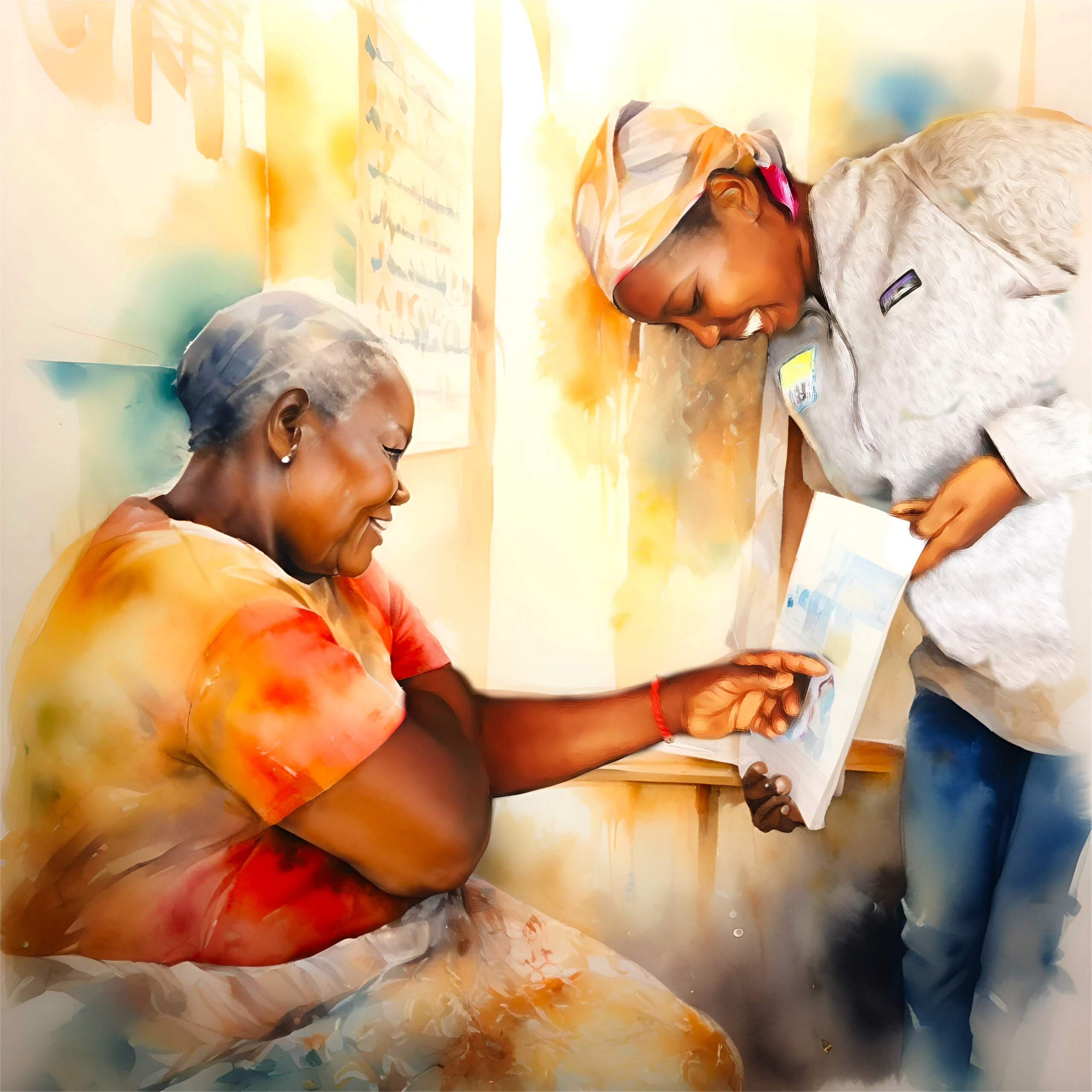
And so she helped them recognize the significance of preserving biodiversity, not merely for its intrinsic value but as a key to their survival. Success rested on co-creating sustainable solutions by actively listening to all voices, particularly those that were seldom heard.
Poor access to remote locations, little government support, and zero acknowledgement of these communities presented formidable obstacles. Even so, community members welcomed Kassia’s efforts, which eventually played a crucial role in addressing some key challenges. Health care, for instance, is largely inaccessible and expensive for people who live on the mountain. Simultaneously, the once-abundant medicinal plants, vital for affordable traditional healing, were disappearing.
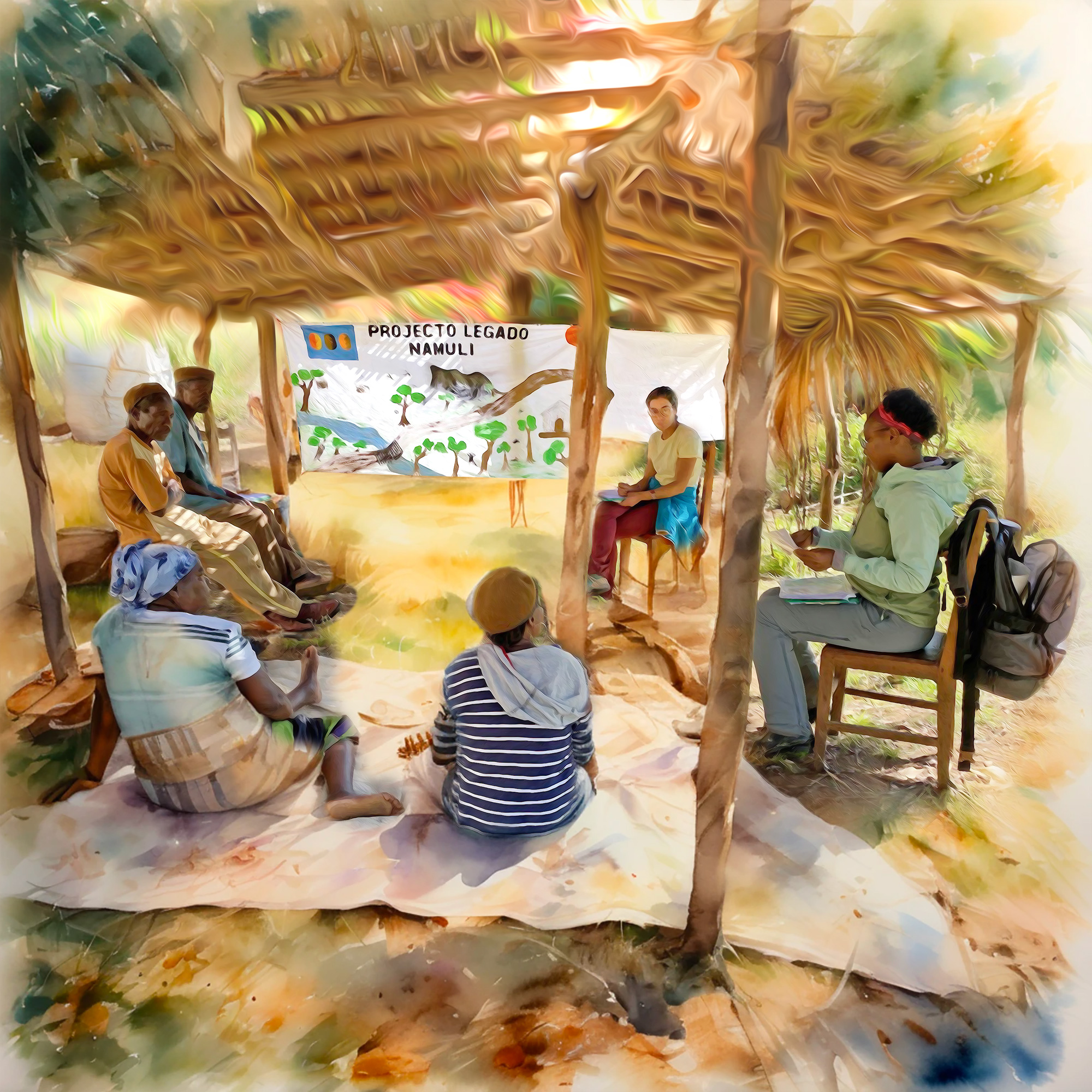
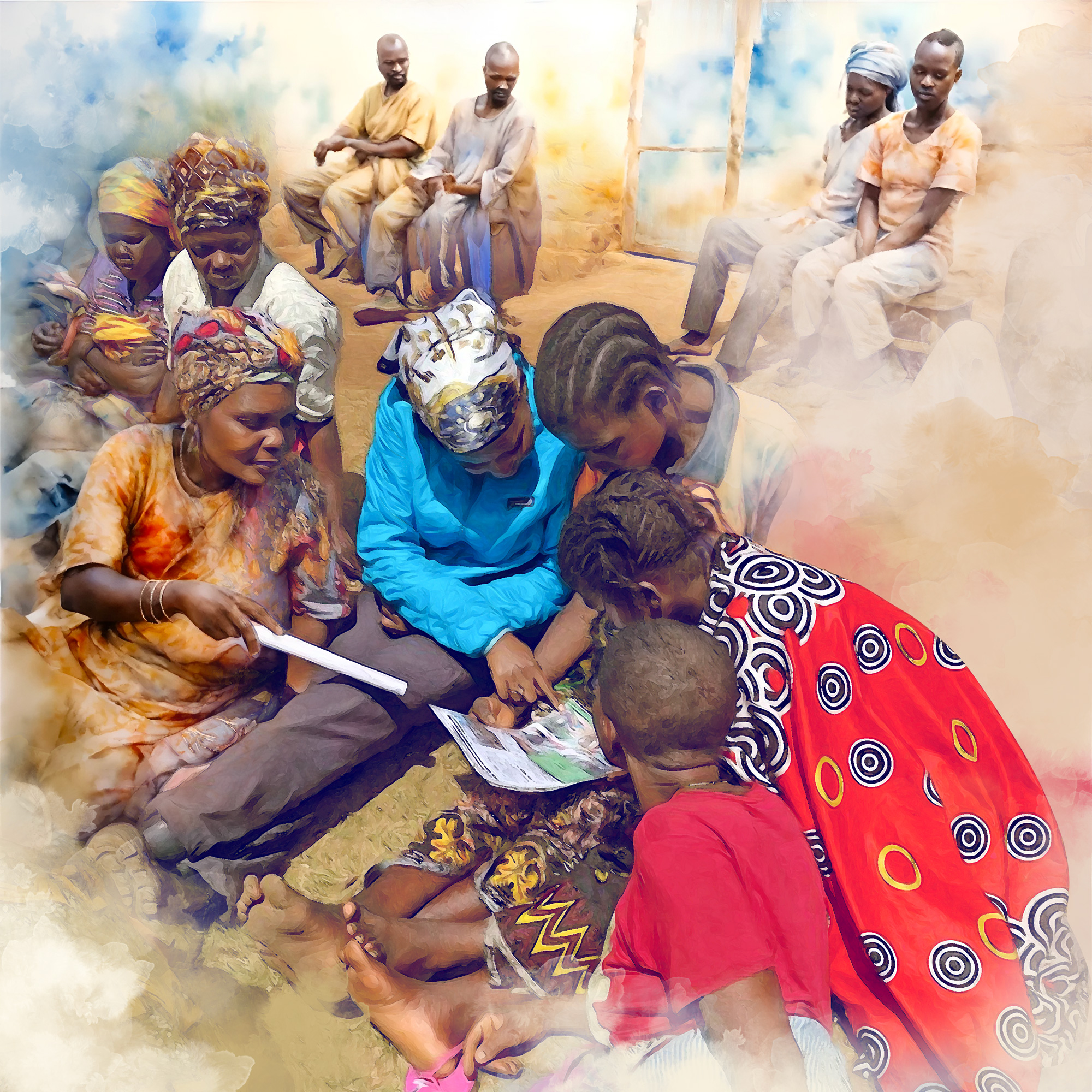
The community drew a clear and compelling link: to preserve traditional medicine, the communities needed to restore the habitats where medicinal plants thrived. Recognizing the interconnectedness of traditional medicine and the health of the environment, they took action to help reverse the damage to their ecosystem.
Meanwhile, a decision was made to build a local health clinic to help alleviate the immediate problem. The community actively participated in this endeavor, contributing 17,000 bricks for the construction.
Kassia plans to pursue a PhD to address knowledge gaps in Mozambique’s bird population. Simultaneously, she continues to support local communities in protecting and increasing the resilience of ecosystems in the face of global change.
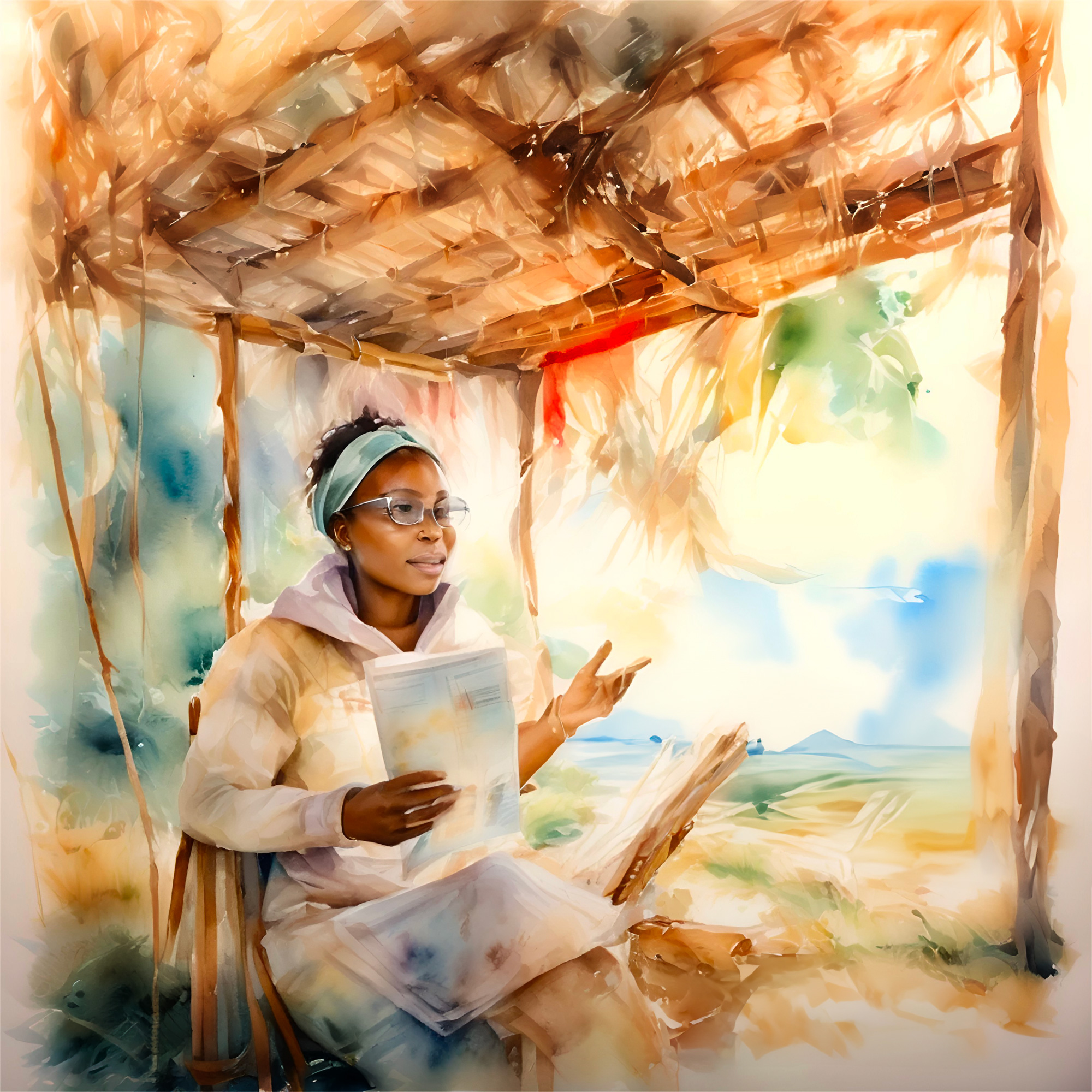

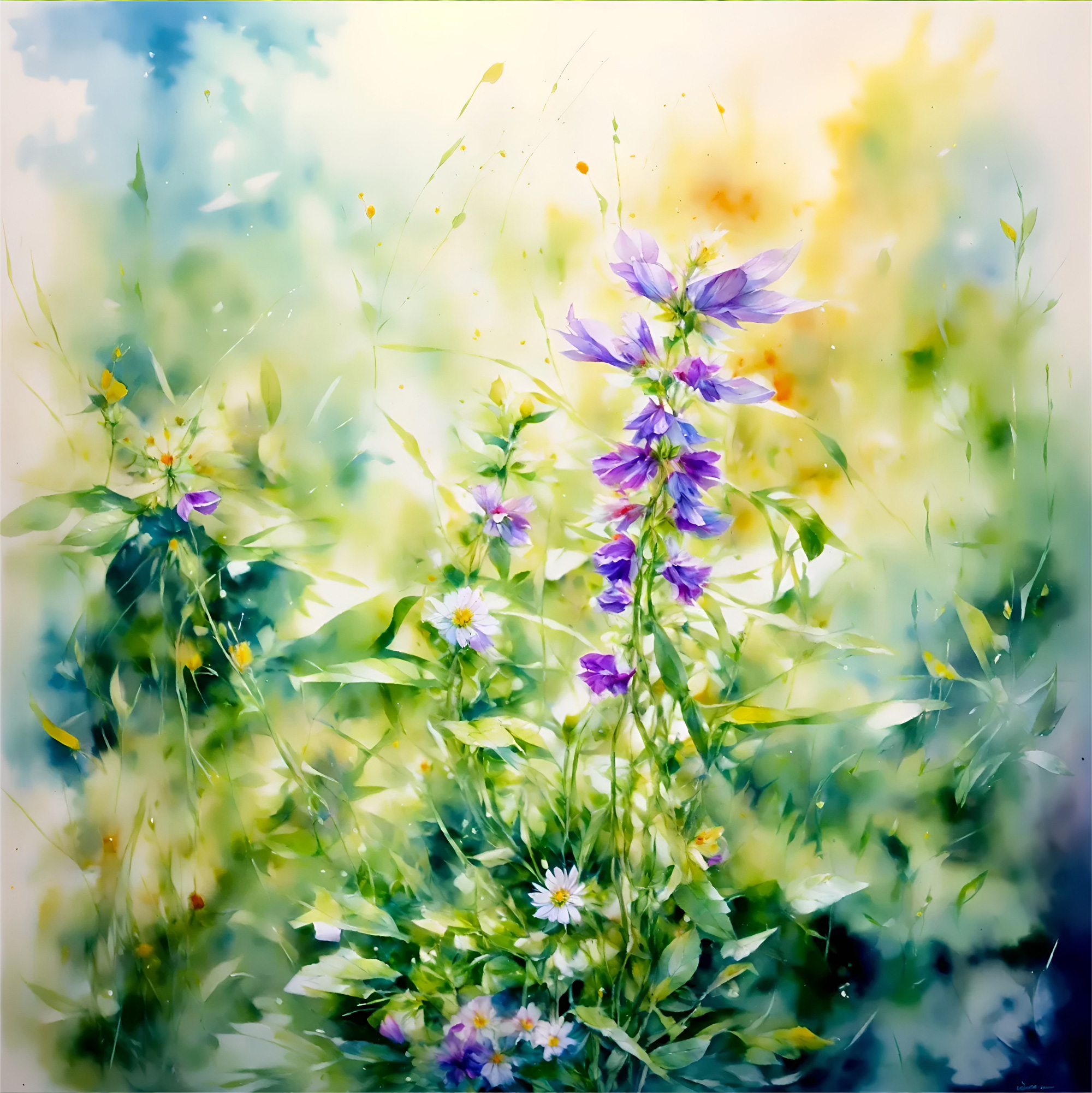
The World Health Organization (WHO) emphasizes that ongoing advancements in medical and pharmacological fields result from a deeper understanding of Earth’s biodiversity. However, due to the destruction of natural habitats, the Earth has lost over six hundred plant species in the past two hundred and fifty years. Once these plants are gone, there is no way to retrieve them, and along with their disappearance, the potential for new medicines vanishes.
If current rates persist or increase, the possibilities for future discoveries of potential treatments for diseases and health problems experienced by individuals worldwide will continue to diminish. Preserving biodiversity is crucial not only for the environment but also for ensuring the availability of valuable resources for medical advancements.

Consider these tips:
Personal
Get into the habit of “noticing the little things”. The richness of biodiversity is not only in the grandeur of large species but also in the often-overlooked elements we encounter every day. Take a moment to observe the diverse array of insects and fallen leaves on the ground. Explore the spaces under rocks or fallen logs. Pay attention to the different calls and songs of birds. Look for subtle signs of animal presence, such as tracks and nests. Write down what you observe.
Noticing these “little things” enhances our understanding of the complex web of life, connects us deeply with nature and affirms that every organism, no matter how small, has a role in maintaining the balance and resilience of ecosystems.
Community
Recognize the finite nature of natural resources and take the necessary sustainable practices to maintain a balanced relationship with the Earth’s regenerative capacity. As a collective, minimizing waste and consumption is achievable through various strategies. For example, establishing community gardens reduces reliance on long-distance transportation, while sharing rides or carpooling promotes a significant reduction in carbon emissions. How else can you come together to cultivate a culture that eases the strain on finite resources?
Share Your Ideas
Share your ideas:
We would love to hear from you! Do you have any tips about the importance of herbs you learned from your ancestors? Please send your story to engage@daughtersforearth.org. You can support all Daughters by visiting our website and becoming part of the solution here.



 Donate
Donate
